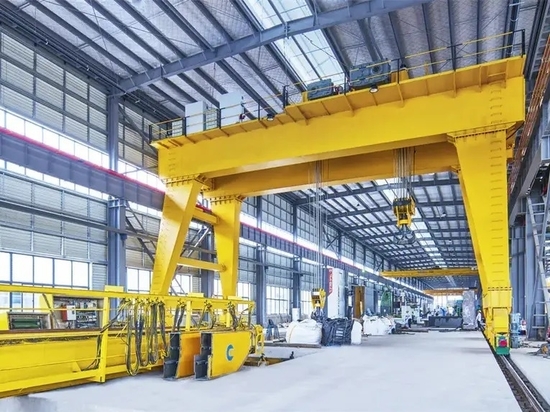
#Industry News
How Does The Incorporation Of Corrosion-Resistant Materials Make Contributions To The Overall Sturdiness And Longevity Of These Additives?
How Does The Incorporation Of Corrosion-Resistant Materials Make Contributions To The Overall Sturdiness And Longevity Of These Additives?
In the context of recent strength automobile rear warehouse molds offering a one-piece die-forged body shape, how does the incorporation of corrosion-resistant materials make contributions to the overall sturdiness and longevity of these additives?
The integration of corrosion-resistant materials into the one-piece die-solid frame structure of recent energy automobile rear warehouse molds performs a pivotal position in making sure the durability, reliability, and average overall performance of these crucial components. In the dynamic landscape of the car enterprise, specially with the rising prominence of recent strength vehicles, manufacturers are keenly focused on enhancing the sturdiness of car components to fulfill the needs of various running conditions.
Corrosion resistance is a crucial function, specially for rear warehouse molds, which are exposed to numerous environmental elements. These additives, frequently positioned at the rear of the vehicle, are susceptible to moisture, street salts, and different corrosive substances encountered in the course of every day operation. The incorporation of materials with high corrosion resistance helps mitigate the impact of those environmental elements, thereby extending the lifespan of the rear warehouse mould.
One of the number one substances renowned for its corrosion resistance in car packages is aluminum. Aluminum die-casting is a broadly followed system for production additives like rear warehouse molds due to its inherent capability to withstand corrosion. Aluminum bureaucracy a herbal oxide layer on its floor, providing a shielding barrier in opposition to environmental factors that might result in corrosion. This oxide layer acts as a defend, stopping the underlying metal from reacting with moisture or salts and, therefore, inhibiting the onset of corrosion.
Moreover, the usage of superior alloys and surface remedies similarly complements the corrosion resistance of these die-cast components. Alloying elements like zinc and magnesium, while strategically integrated, can significantly improve the overall corrosion overall performance of the material. Additionally, specialised coatings and remedies, which includes anodization or e-coating, provide an extra layer of protection, fortifying the floor in opposition to corrosive agents.
The blessings of corrosion resistance expand beyond mere floor protection. They make contributions to the structural integrity of the rear warehouse mildew, making sure that the issue keeps its mechanical residences over an prolonged length. This is critical for assembly stringent safety requirements and reliability requirements in the car industry. Components that face up to corrosion are less susceptible to structural degradation, retaining their functionality and form even in tough environments.
Furthermore, the longevity of corrosion-resistant rear warehouse molds aligns with the sustainability desires related to new electricity motors. These additives contribute to the overall lifecycle sturdiness of the car, reducing the frequency of replacements and minimizing the environmental impact related to production and disposal.
In end, the mixing of corrosion-resistant materials inside the one-piece die-forged frame structure of recent strength automobile rear warehouse molds is a strategic preference that goes beyond floor protection. It is a key issue in ensuring the robustness, reliability, and lengthy-term overall performance of these critical components, aligning with the enterprise's commitment to generating long lasting and sustainable car answers.





